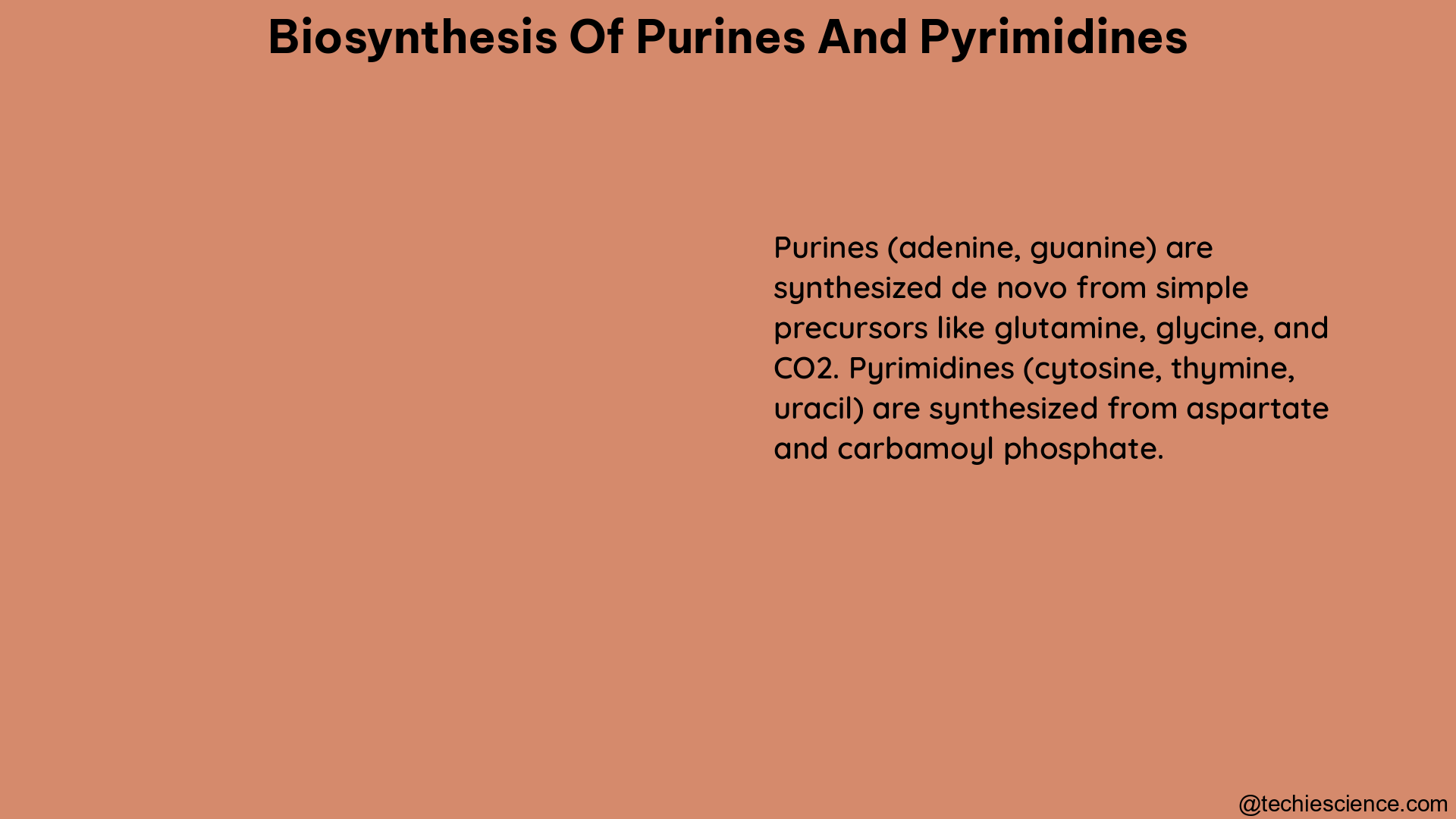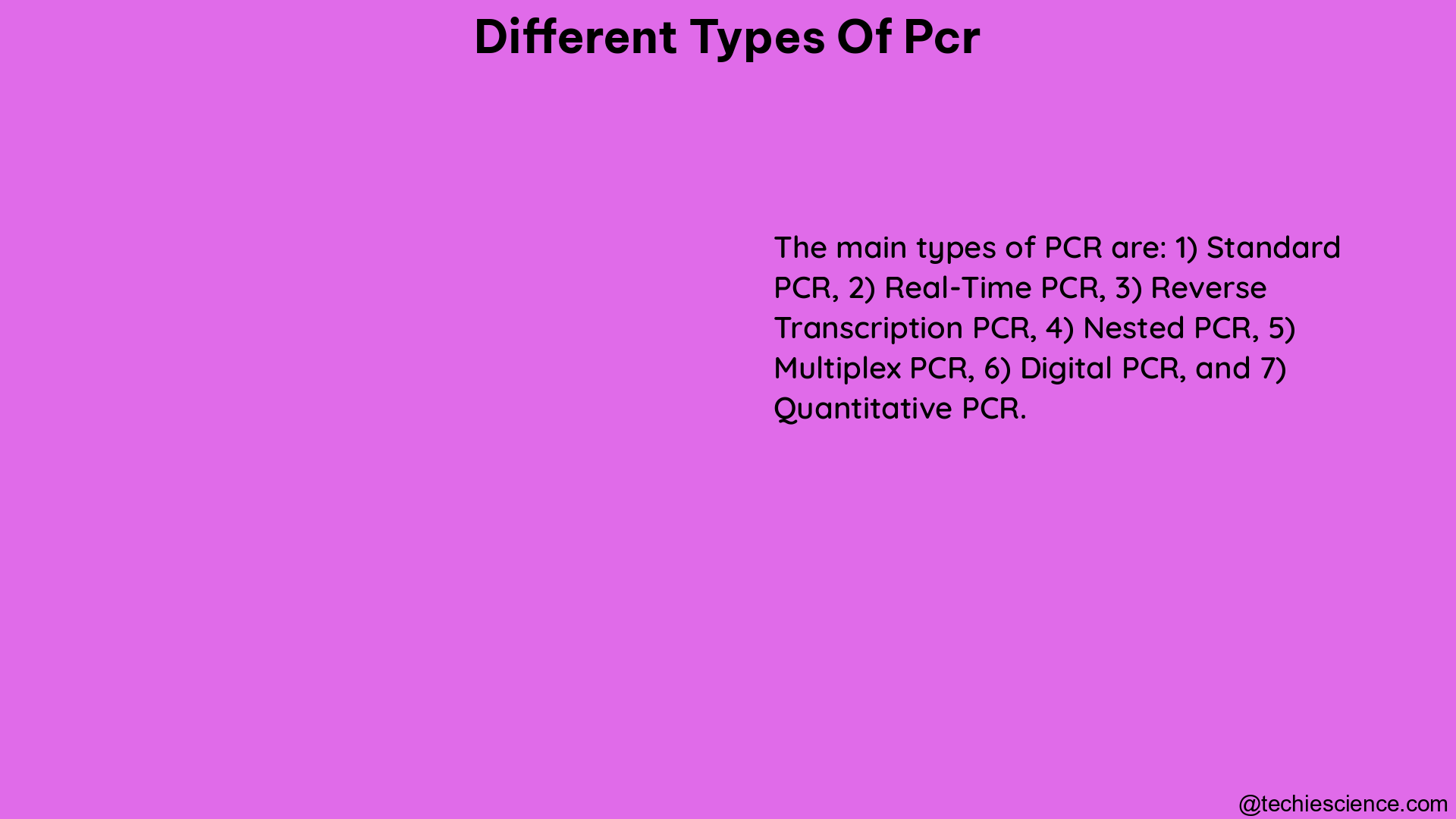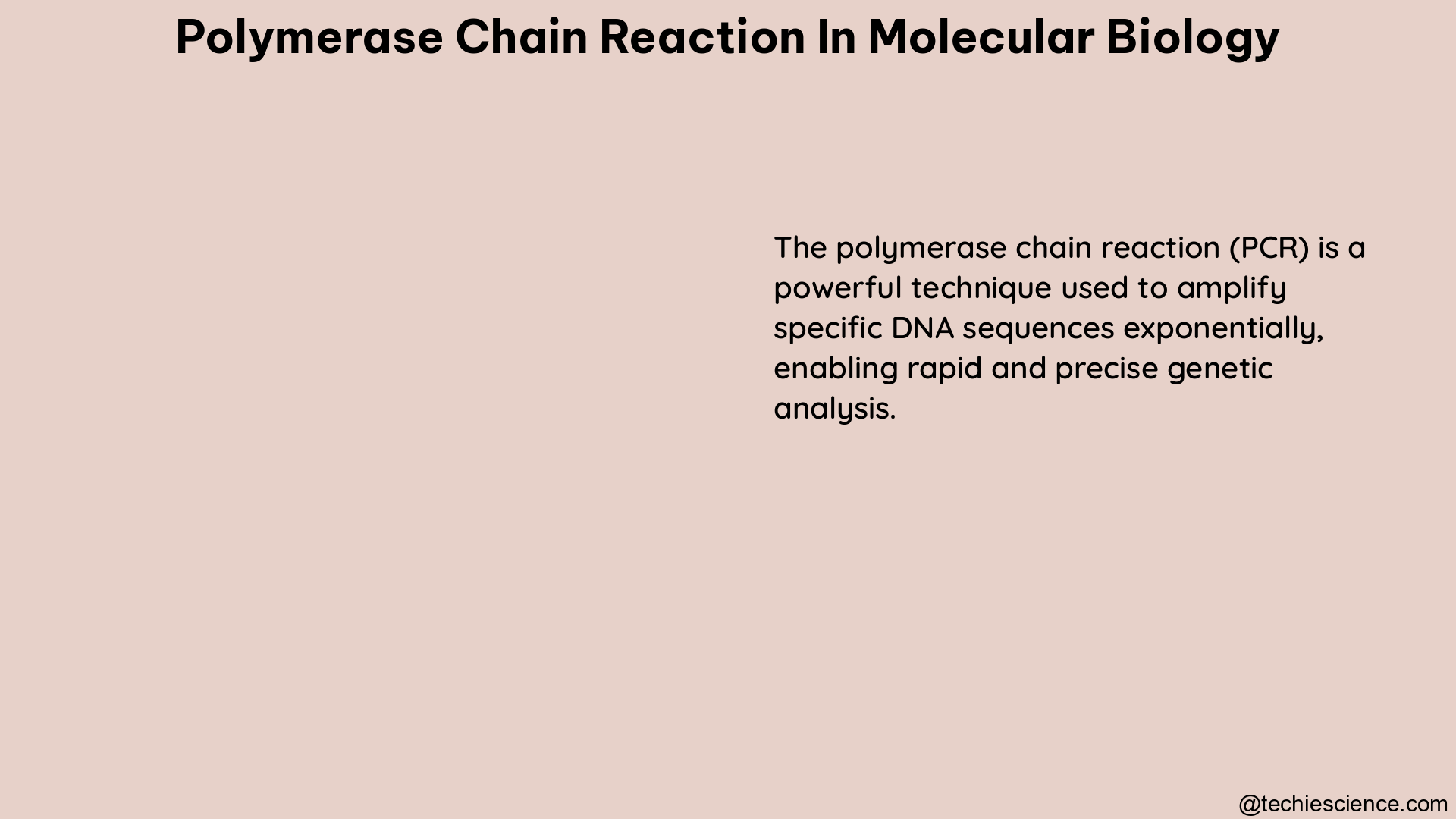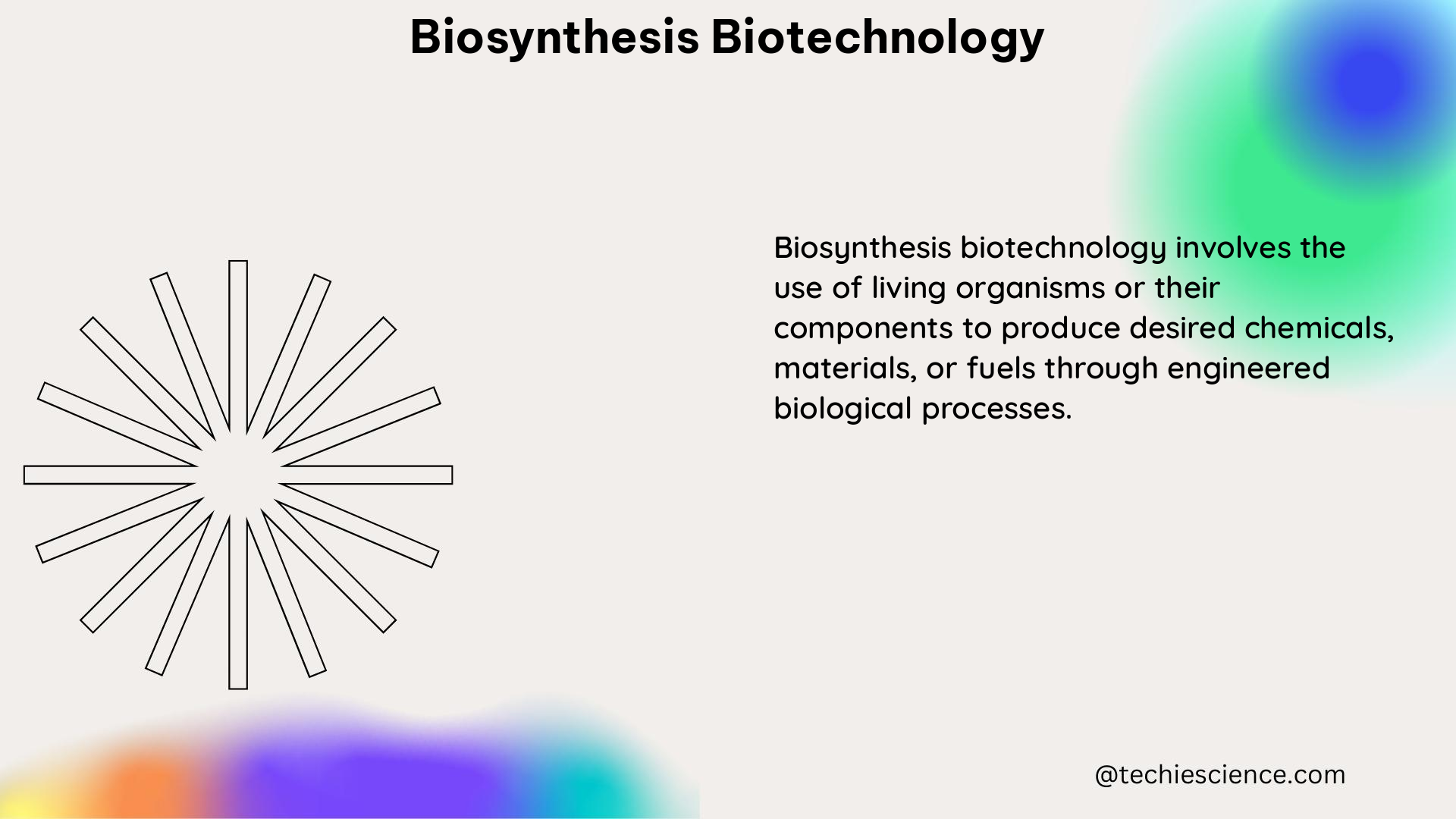The biosynthesis of purines and pyrimidines is a complex and meticulously orchestrated process that is essential for various biological functions, including DNA and RNA synthesis, energy metabolism, and cellular signaling. These nucleotides are synthesized through both de novo and salvage pathways, each playing a crucial role in maintaining the delicate balance within the cellular ecosystem.
The De Novo Pathway: Constructing the Building Blocks
The de novo pathway involves a series of enzyme-catalyzed steps that convert simple precursors into the intricate purine and pyrimidine nucleotides. This pathway is characterized by its remarkable efficiency and precision, ensuring the seamless production of these essential biomolecules.
Purine Biosynthesis: A Multistep Journey
The biosynthesis of purines, such as adenine and guanine, begins with the conversion of ribose-5-phosphate into inosine monophosphate (IMP) through a remarkable 10-step process. This intricate pathway involves the coordinated action of numerous enzymes, each playing a vital role in the transformation of the initial substrate into the final product.
- Phosphoribosyl Pyrophosphate (PRPP) Synthesis: The first step in purine biosynthesis is the conversion of ribose-5-phosphate into PRPP, catalyzed by the enzyme ribose-phosphate pyrophosphokinase (PRPS).
- Amidophosphoribosyltransferase (APRT) Reaction: PRPP is then combined with glutamine to form 5-phosphoribosylamine, a key intermediate in the pathway.
- Glycinamide Ribonucleotide (GAR) Synthesis: 5-phosphoribosylamine is further modified through a series of enzymatic reactions to form GAR.
- Formylation and Cyclization: GAR is then formylated and cyclized to produce formylglycinamide ribonucleotide (FGAR).
- Amidation and Cyclization: FGAR undergoes amidation and cyclization to form formylglycinamidine ribonucleotide (FGAM).
- Cyclization and Deformylation: FGAM is then cyclized and deformylated to produce AIR (aminoimidazole ribonucleotide).
- Carboxylation and Rearrangement: AIR is carboxylated and rearranged to form CAIR (carboxyaminoimidazole ribonucleotide).
- Succinylation and Decarboxylation: CAIR is then succinylated and decarboxylated to produce SAICAR (succinylaminoimidazole carboxamide ribonucleotide).
- Lyase Reaction and Dehydration: SAICAR undergoes a lyase reaction and dehydration to form AICAR (aminoimidazole carboxamide ribonucleotide).
- IMP Synthesis: The final step in purine biosynthesis involves the conversion of AICAR into IMP (inosine monophosphate), the common precursor for both adenine and guanine nucleotides.
From IMP, the pathway branches out to synthesize AMP (adenine monophosphate) and GMP (guanine monophosphate), the building blocks for adenine and guanine, respectively.
Pyrimidine Biosynthesis: A Simpler Approach
Compared to purine biosynthesis, the de novo synthesis of pyrimidines, such as cytosine, thymine, and uracil, is generally considered a simpler process. The pathway begins with the conversion of glutamine and bicarbonate into carbamoyl phosphate, which is then used to synthesize the pyrimidine ring.
- Carbamoyl Phosphate Synthesis: The first step in pyrimidine biosynthesis is the conversion of glutamine and bicarbonate into carbamoyl phosphate, catalyzed by the enzyme carbamoyl phosphate synthetase II (CPS II).
- Aspartate Transcarbamoylase (ATC) Reaction: Carbamoyl phosphate is then combined with aspartate to form carbamoyl aspartate, a key intermediate in the pathway.
- Dihydroorotate Synthesis: Carbamoyl aspartate is then cyclized and dehydrated to form dihydroorotate.
- Dihydroorotate Dehydrogenase (DHOD) Reaction: Dihydroorotate is then oxidized to form orotate, the final precursor for the pyrimidine nucleotides.
- Orotate Phosphoribosyltransferase (OPRT) Reaction: Orotate is then combined with PRPP to form orotidine monophosphate (OMP).
- Orotidine Decarboxylase (ODC) Reaction: OMP is then decarboxylated to form UMP (uridine monophosphate), the common precursor for cytosine, thymine, and uracil nucleotides.
The Salvage Pathway: Recycling the Fragments

In addition to the de novo synthesis, purines and pyrimidines can also be produced through the salvage pathway, which recovers and recycles the bases and nucleotides from the degradation of DNA and RNA. This pathway is particularly important in tissues with high cell turnover, as it allows for the efficient reuse of these valuable biomolecules.
The salvage pathway involves a series of enzymatic reactions that convert the recovered bases and nucleosides into the corresponding monophosphate forms, which can then be utilized in various cellular processes.
Regulation and Dysregulation
The biosynthesis of purines and pyrimidines is tightly regulated to maintain the delicate balance within the cellular environment. Disruptions in this regulation can lead to various pathological conditions, such as gout, Lesch-Nyhan syndrome, and certain types of cancer.
A study published in 2022 found that the accumulation of NADH, a key metabolic intermediate, can activate purine biosynthesis and induce an energy crisis within the cell. The researchers used genome-wide CRISPR/Cas9 library screens and metabolic profiling to demonstrate that NADH deregulates the activity of PRPS2 (Ribose-phosphate pyrophosphokinase 2), a key enzyme in the purine biosynthesis pathway. Blocking purine biosynthesis was shown to prevent NADH accumulation-associated cell death in vitro and tissue injury in vivo.
Another study published in 2024 explored the relationship between the transcriptional activity of genes involved in purine synthesis and the opposing trends in the minimum inhibitory concentration (ΔMIC) for the antibiotics streptomycin and carbenicillin. The researchers used Flux Balance Analysis (FBA) to simulate the effects of experimental perturbations on purine synthesis and pyrimidine synthesis. They found that the addition of adenine reduced purine synthesis activity while increasing pyrimidine synthesis activity. Conversely, the addition of cytosine left purine synthesis relatively unchanged while decreasing pyrimidine synthesis.
Quantifying Purine and Pyrimidine Levels
To assess the levels of purines and pyrimidines in the body, the Mayo Clinic Laboratories offers a test called the Purines and Pyrimidines Panel, Plasma (PUPYP). This test utilizes liquid chromatography-tandem mass spectrometry (LC-MS/MS) to provide a quantitative report of abnormal levels of various purine and pyrimidine compounds in the plasma. This information can be invaluable in the diagnosis and management of disorders related to purine and pyrimidine metabolism.
In conclusion, the biosynthesis of purines and pyrimidines is a complex and highly regulated process that is essential for various biological functions. Understanding the intricate details of this pathway, its regulation, and the potential for dysregulation is crucial for advancing our knowledge of cellular metabolism and developing targeted therapies for related disorders.
Reference:
- Jiang, Y., Qian, X., Shen, J., Wang, Y., Li, X., Liu, R., … & Xu, Y. (2022). NADH accumulation activates purine biosynthesis to induce energy crisis. Nature, 603(7901), 451-457.
- Smith, A.J., Flaherty, P.J., & Palsson, B.O. (2024). Transcriptional activity of genes involved in purine synthesis can account for opposing trends in ΔMIC for streptomycin and carbenicillin. bioRxiv, 2024.04.09.588696.
- Mayo Clinic Laboratories. (n.d.). Purines and Pyrimidines Panel, Plasma (PUPYP). Retrieved from https://www.mayocliniclabs.com/test-catalog/Overview/65151


